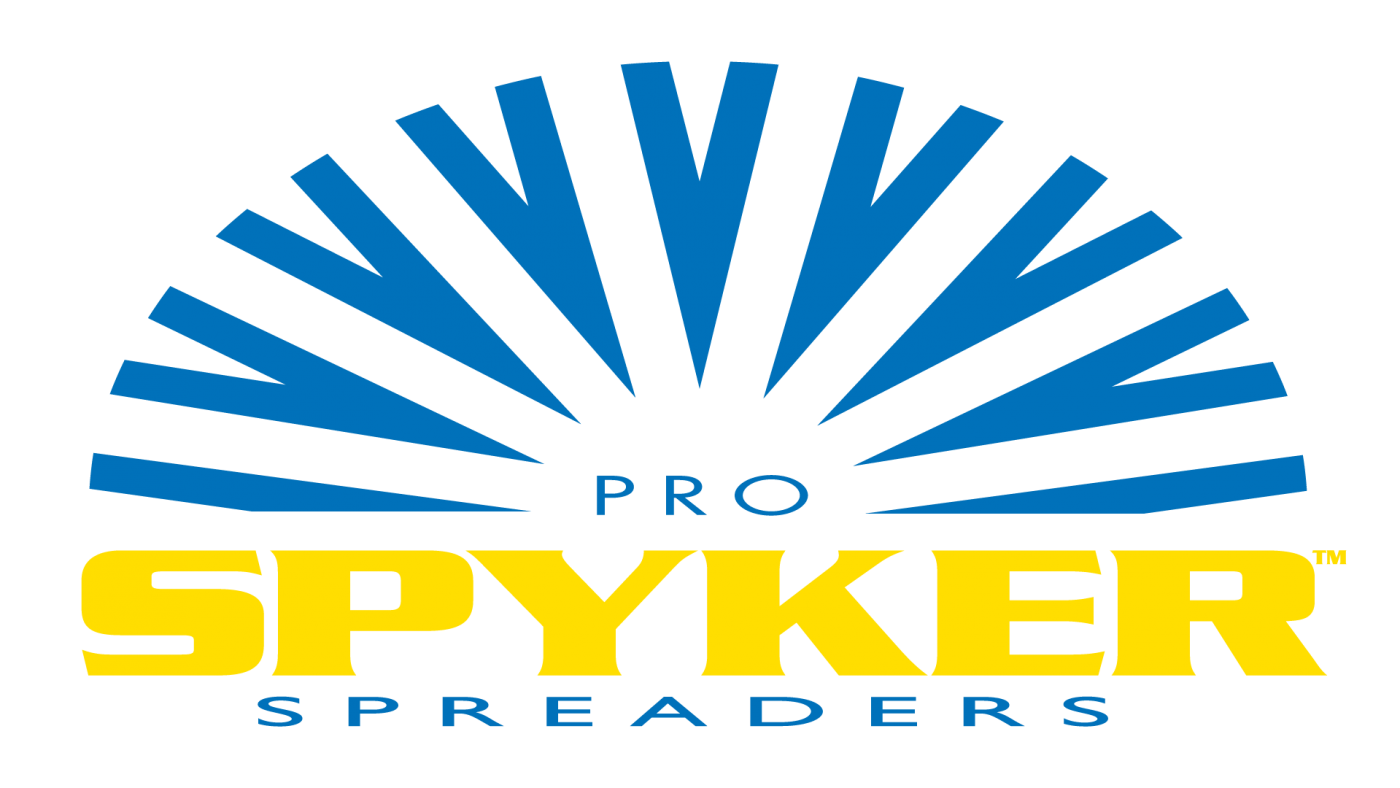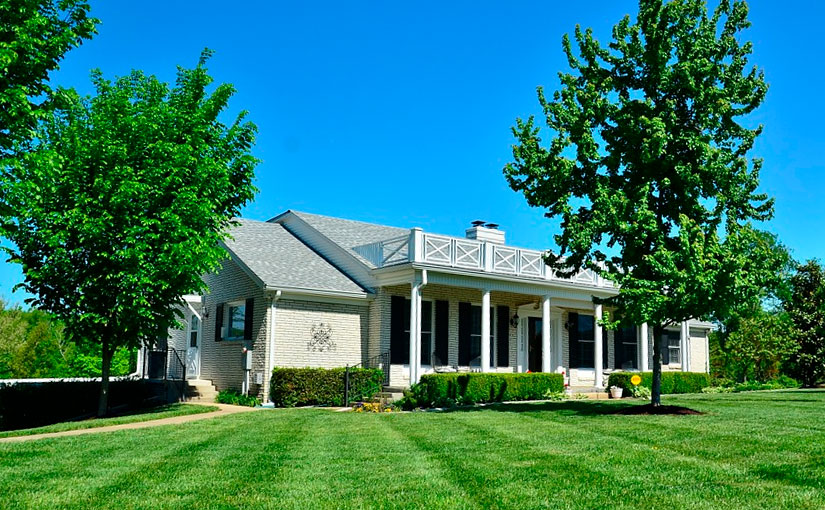What’s your mindset when you meet with a distressed customer for the first time?
Many times, your landscaping clients will call you because they have a dream for their property. But you also get customers who don’t know what to do with their lawn and landscape.
That’s when you need to be a landscape problem solver.
12 Typical Landscape Problems for You to Solve
Many homeowners aren’t DIY’ers, or if they think they are, these folks end up calling you to fix their mistakes.
Here are 12 property areas where you put on your landscape problem solver hat:
- Rocky terrain: While your customer may want you to remove all the rocks to create the perfect lawn, you can solve a rocky problem with a rock garden or ground cover.
- Slopes or hilly property: Does it feel that a homeowner’s property is one big hill? Create some flat spaces by grading the yard, or use the hill to your advantage by adding a swale to encourage water to move away from the house.
Again, slopes make great spots for rock gardens or other xeriscaping elements.
- The yard is too sunny: Some new subdivisions include homes with no trees—just a lawn. Offer to plant trees and install shade sails to provide cover from the harsh summer sun.
- The yard is too shady: Would the property benefit from selective pruning? You can thin out trees and shrubs to allow sunlight to come into the property.
If the homeowner wants more color in their shady yard, add hosta, coral bells, ferns, bleeding heart, deadnettle, foamflower, foxglove, hydrangea, lungwort, and primrose.
Read more: 12 Landscaping Apps You Need to Run Your Company Efficiently
Of course, you can create shady flowerbeds if your customer doesn’t have one. Some shade plants have flowers, while others have variegated leaves, rich leaf, and bark colors.
- Poor yard drainage: You can fix poor drainage by adding a French drain, a swale, a rain garden, or a dry creek bed, so rainwater has a place to go.
- No privacy from neighbors or a busy street: Urban homeowners need to deal with their houses up tight to their neighbors, or they may share a yard. Plus, some homes are built near busy highways or commercial buildings.
Add a fence, trellises with vines, or a hedge to create a sense of privacy. You can also add outbuildings that provide a sense of seclusion as well.
- Lawn and plant pests: Stay up to date with the different pests that plague residential properties in your area. You can use your extensive knowledge to teach people how to take better care of their lawns and landscapes to reduce pest problems.
If you have your pesticide license, you can apply chemicals that get rid of pests or prevent them from reaching adulthood.
- Too many weeds with too little turf: You can act as a consultant by coaching your customers on proper lawn care between your visits.
Provide rehabilitation lawn services with core aeration, fertilization, overseeding, sod installation, weed control, and many other lawn maintenance jobs.
- High maintenance landscape: You can upsell your lawn and landscape maintenance services to customers who prefer to keep their high maintenance landscape.
If it’s a new homeowner with an established high maintenance property, you can help them transform their lawn and landscape into a low maintenance one.
Encourage your clients to trade in annuals for perennials, add more plants in place of their lawn, and consider a property’s different microclimates when discussing lawn revitalization.
Learn more: Spyker ERGO-PRO™ – The Broadcast Spreader for Pros
- Limited space: If you serve city property owners, you know that there is not a lot of lawn and landscape space. Get creative and design landscapes that fit in tight spaces for the city homeowner to enjoy. Decks, vertical planting, and container gardens add spark for small outdoor rooms.
- Narrow lots: Many old homes and city properties have narrow lots, making maintaining a lawn challenging. How can you design that space to meet the homeowner’s needs? Can a patio be built? Can you build a lap pool in that small space?
- Large yard: Then, there’s the “problem” of a large yard. A large property is a landscape designer’s dream. You can create outdoor rooms, meadowscapes and add water features to a large property. Don’t forget to incorporate outdoor lighting so your customers can entertain at night.
While many of the above problems may cause stress to homeowners and property managers, you, as a landscape problem solver, can tap into your creativity to design an outdoor space that’s usable and enjoyable.
All Green Industry Pros are Landscape Problem Solvers
When you fix a landscape problem or conceive new ways to use a tight space, you’re a landscape problem solver. You take what looks insurmountable by the property owner and transform it into a beautiful, outdoor spot to enjoy.
At Spyker, we design and manufacture spreaders that help you put down grass seed, fertilizer, weed control, and rock salt. Our Ergo-Series has six broadcast and weather spreaders that keep you in a comfortable walking position.
Our Pro-Series has a wide range of broadcast, drop, and electric spreaders to meet all of your professional landscaping needs.
Up your landscape problem-solving services by purchasing a Spyker Spreader because you won’t find a better spreader than a Spyker Spreader!
You can find our Spyker spreader products at your local dealer or online at these retailers.
Have a question about your Spyker spreader? Then, call our customer service at (800)972-6130 or fill out our contact form.
Sources:
GardenDesign.com, 20 Great Plants that Grow in the Shade.
LandscapingNetwork.com, Landscape Design Problems.
TheSpruce.com, 9 Landscape Solutions for Problem Areas.

